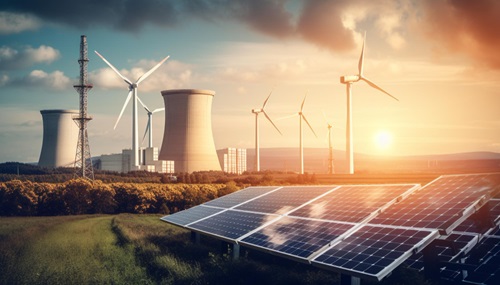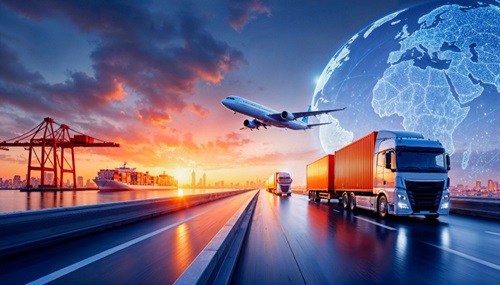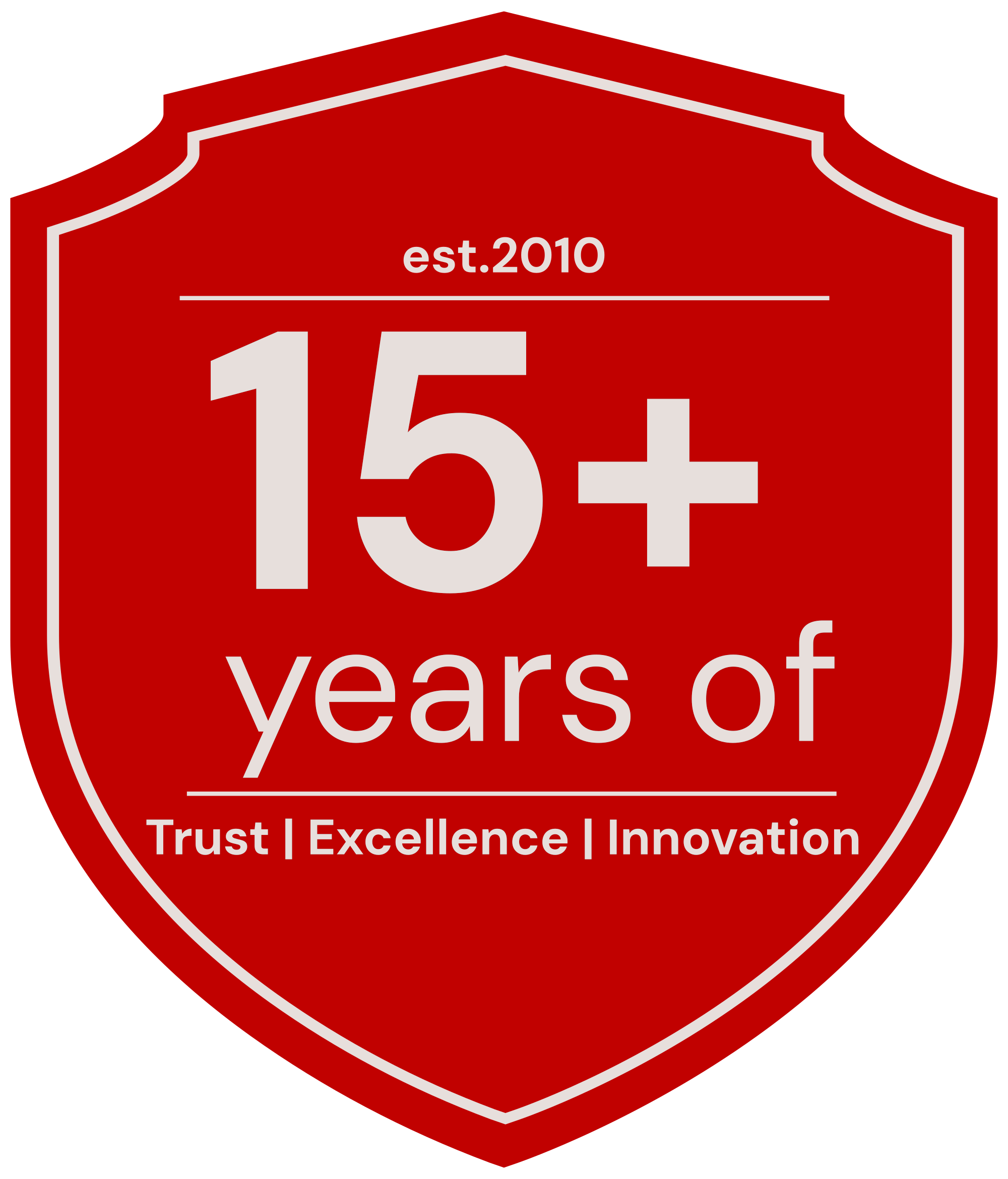Preparing Industries for a Low-Carbon Economy
A New Era of Accountability, Transformation, and Opportunity
As the world accelerates toward climate goals like Net Zero, carbon credits are becoming critical tools for businesses to demonstrate accountability, reduce environmental impact, and stay competitive in an increasingly regulated landscape. Carbon credits—representing one metric ton of carbon dioxide equivalent (CO₂e)—offer a way to offset emissions that can't be eliminated yet. These credits are traded in global markets, where sustainability is no longer a "nice-to-have" but a business imperative.

What Are Carbon Credits and How Do Exchange Systems Work?
Carbon credits function through two primary markets:
1. Compliance Markets: Governed by regulations (e.g., EU ETS, California Cap-and-Trade), where businesses must cap emissions and purchase credits if they exceed limits.
2. Voluntary Carbon Markets (VCMs): Corporates voluntarily offset emissions to meet internal ESG or Net Zero goals, using certified credits from standards like:
- • Verra (VCS)
- • Gold Standard
- • American Carbon Registry (ACR)
These markets use exchanges and registries to track issuance, trade, retirement, and quality — creating a dynamic ecosystem of environmental accountability.
Industries That Will Be Most Affected in the Next 10 Years
Over the coming decade, industries with high greenhouse gas footprints will face stricter regulations, stakeholder pressure, and operational costs related to carbon.

Energy & Utilities
Why Affected: Fossil fuels account for over 70% of global emissions.
Risks: Heavy penalties, carbon taxes, pressure to decommission coal plants.
Future Challenges:
- Transitioning to renewables
- Mandatory carbon capture and storage (CCS)
- Real-time emissions reporting
- Invest in solar, wind, hydro, and battery storage
- Leverage AI to forecast demand and optimize loads
- Use smart grids and IoT to track emissions live

Manufacturing, Cement & Steel
Why Affected: Industrial processes produce massive emissions, including Scope 1 and Scope 3.
Risks: Export taxes (CBAM), high carbon offset costs, declining investor interest.
Future Challenges:
- Transition to green hydrogen
- Modernization of legacy infrastructure
- End-to-end supply chain decarbonization
- Switch to low-carbon alternatives
- Deploy energy-efficient machinery
- Generate internal carbon credits via innovation

Transportation & Logistics
Why Affected: Road, air, and sea transport emit nearly 25% of global CO₂.
Risks: Ban on ICE vehicles, carbon labeling, route-specific emission tracking.
Future Challenges:
- Rising fuel costs and emission surcharges
- Pressure for real-time shipment carbon tracking
- Demand for carbon-neutral logistics by clients
- Electrify fleets and use alternative fuels
- Adopt route optimization via AI/ML
- Offset unavoidable emissions strategically

Agriculture, Livestock & Food Processing
Why Affected: Methane and nitrous oxide emissions from livestock, soil, and fertilizer.
Risks: Policy bans, shifting consumer preferences, low-emission certification mandates.
Future Challenges:
- Regulatory cap on livestock emissions
- Land use conversion restrictions
- Data-backed environmental disclosure
- Implement regenerative agriculture practices
- Adopt precision farming using data science
- Integrate biogas, composting, and capture tech

Construction & Real Estate
Why Affected: High embodied carbon in materials and high energy use in buildings.
Risks: Mandatory green building codes, exclusion from ESG portfolios.
Future Challenges:
- Lifecycle carbon analysis for buildings
- Increased cost of non-compliance
- Smart monitoring expectations
- Choose low-carbon materials
- Automate energy management systems
- Get certified with LEED, IGBC, GRIHA, EDGE

Technology & Data Infrastructure
Why Affected: AI/ML workloads, cloud computing, and crypto mining drive energy demand.
Risks: Investor scrutiny, climate-conscious customer base, renewable sourcing mandates.
Future Challenges:
- 24x7 renewable power requirements
- Rising costs from carbon-heavy infrastructure
- Mandatory ESG disclosures in tech procurement
- Power data centers with renewables
- Use ML for dynamic cooling optimization
- Offset footprint with verified credits
How We Help Industries Thrive in a Carbon-Regulated World
As specialists in AI, Data Science, ESG Reporting, and Carbon Credit Strategy, we help industries transition from compliance stress to climate leadership.
1. Real-Time Emissions Intelligence Using AI/ML
We help you:
-
Map Scope 1, 2, and 3 emissions precisely
-
Track emissions across plants, fleets, supply chains
-
Run scenario analysis for carbon risk
Result: Data-driven insights to take action where it matters most.

2. Carbon Credit Strategy & Monetization
We enable you to:
Optimize carbon credit procurement based on price, quality, and timeline
Sell excess credits through verified registries
Automate your credit tracking and retirement records
Result: Reduced compliance costs + new revenue from credit generation.
3. Decarbonization Blueprint & Digital Roadmap
We co-create a plan to:
Identify green opportunities in operations
Implement cleaner technologies (IoT, smart grids, CCS)
Align with Science-Based Targets (SBTi), CDP, and BRSR
Result: Long-term carbon reduction embedded into core operations.

4. ESG Dashboards and Regulatory Reporting
Our platforms deliver:
Centralized ESG & carbon dashboards
Automated data collection from ERP, CRM, and IoT devices
Reporting aligned with global standards: GRI, TCFD, CDP, SEBI BRSR
Result: Easy audit trails, credible ESG reporting, and investor confidence.
5. Innovation Lab for Carbon-Neutral Business Models
We partner to build:
Green products using circular economy principles
Low-emission digital services and cloud tools
Scalable pilots for sustainable transformation
Result: First-mover advantage in sustainability-led markets.
Start Your Carbon Journey with Confidence
Whether you are:
- A manufacturing giant worried about export carbon taxes
- A tech company with growing ESG scrutiny
- A supply chain leader looking for carbon-neutral certification
We’re your trusted transformation partner
Let’s build your roadmap to:
- Lower emissions
- Smarter carbon offsets
- Stronger ESG performance
- Sustainable growth
Your transition to a carbon-conscious future starts now.
Let’s Talk
